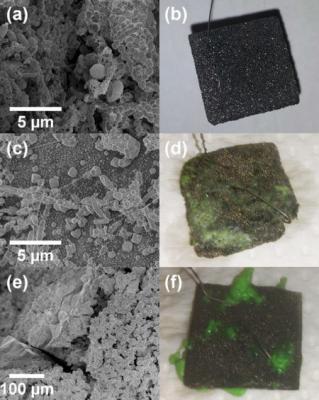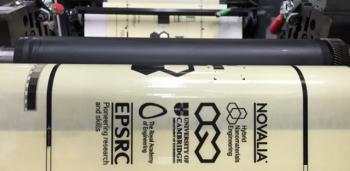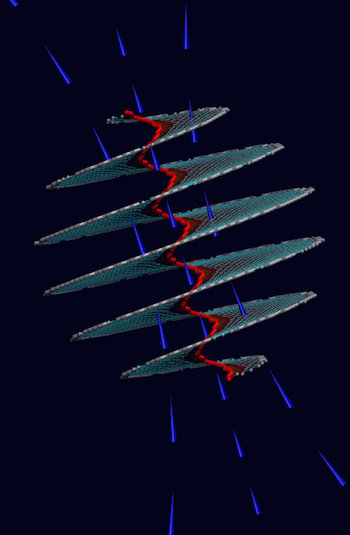An international research team, which included scientists from Rensselaer Polytechnic Institute, South Dakota School of Mines and Technology, Oklahoma State University, and Shenyang National Lab for Materials Science, showed that graphene can act as a promising surface coating that can be used to minimize metallic corrosion under harsh microbial conditions, and graphene coating offers 100-fold improvement in corrosion resistance compared to commercial polymer coatings available in the market while being nearly 4000 times thinner than several commercial coatings.

The researchers investigated how the microbial communities that colonize the protection system can affect the corrosion rates. Furthermore, they have used the graphene coating as a benchmark to compare to other popular polymer coatings such as Parylene and Polyurethane. Those coatings were initially promising, but failed due to various reasons including microbial attack fermentation, acid production etc. and the non-conformity of hand-applied coatings. The graphene coated Ni, however, maintained its integrity without noticeable surface corrosion.






